Product Overview
A Jack Crevalle trophy fish mount from Gray Taxidermy is handcrafted in the U.S. We combine over fifty years of experience and skilled craftsmanship to ensure that your custom trophy mount exceeds your expectations of what a perfect custom fish mount should look like.
Our skilled artists take pride in capturing the rich beauty and realism of nature that each unique marine species bring. A fish mount from Gray Taxidermy will capture and commemorate a memory of a life time. We are able to transform raw materials into the ultimate representation of an angler's most notable achievement.
Providing great attention to detail and exceptional quality and true craftsmanship is our motto while we continue to serve customers around the world. Gray Taxidermy goes to great lengths to ensure the precise color and characteristics are resembled in your custom fish mount.
Before leaving our facility, each custom fish mount is thoroughly inspected to ensure our goal of 100% customer satisfaction.
If you want to complete your trophy wall with a unique action scene by adding baitfish along your mount, we have a variety of baitfish mounts to choose from.
Product Specs:
- Available Sizes: 14 - 50 in.
- Details: Fired-Enamel Glass Eye
- Product Options: Wood Plaque, Custom Base, 360°
-
We also offer elegant solid wood plaques to accompany yor trophy mount. Includes traditional wood plaque with sublimated personalized information. Just ask for more information
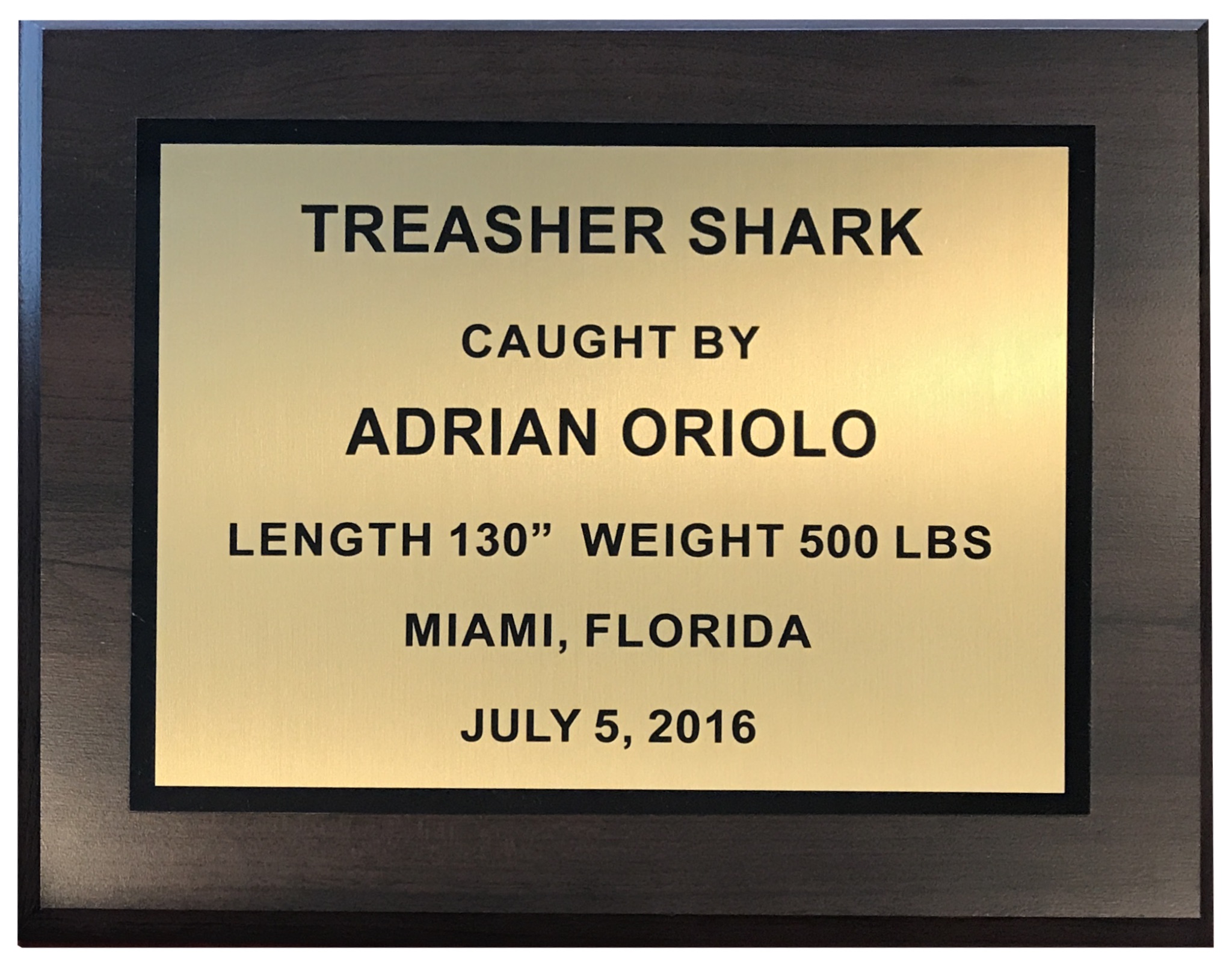
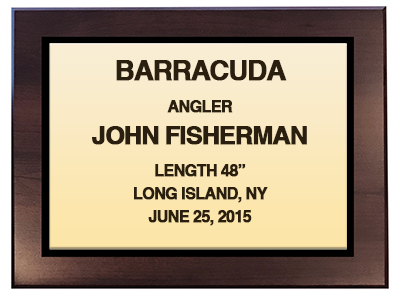 15 in x 12 in or 10 in x 8 in personalized wood plaque.
15 in x 12 in or 10 in x 8 in personalized wood plaque.
Color: Gold
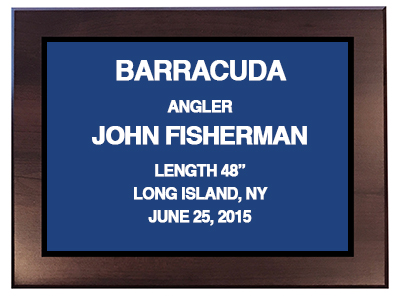 15 in x 12 in or 10 in x 8 in personalized wood plaque.
15 in x 12 in or 10 in x 8 in personalized wood plaque.
Color: BlueAvailable foe all fish species
Species Information
Scientific Name: Caranx hippos
Size and Age: Crevalle jacks are caught in all sizes from under 6-inch fish on beaches to 40- pound fish found nearly everywhere. They can grow to nearly 60 pounds.
Location & Habitat: Occurs in the western Atlantic Ocean from Nova Scotia, Canada, to Uruguay, including the Gulf of Mexico and occasionally in the West Indies. In the eastern Atlantic it is found from Portugal to Angola, including the Western Mediterranean.
Description: Also called common jack, toro, cavally, cavalla, horse crevalle. The crevalle jack has a high, blunt head with a black spot on the back edge of the gill cover. The back is slate to bluish-black in color and the lower half is a bright silvery-yellow, with the anal fin being especially yellow. Crevalle jacks school by size, with the largest fish forming the smallest schools. When prey species are sighted, often near the surface, they make spectacular slashing attacks, with prey fish attempting to escape leaping in panic in every direction. After attack, they regroup for their next assault.
The crevalle jack is the common jack of in shore oceanic waters. The species apparently can tolerate a wide range of salinities and occurs around off shore reefs, in coastal waters, harbors and protected bays, over highly saline shallow flats, in brackish waters at river mouths, and has even been known to travel up coastal rivers.
There is a rounded black spot at the lower base of the pectoral fin of the crevalle jack that is found in no other jacks in the area. There is also a distinct, vertically elongate black spot on the operculum. Enlarged scales or scutes, numbering about 30, extend in a line to the base of the tail fin. The similar horse-eye jack has no pectoral fin spot and 26-35 scutes.
A voracious predator, it feeds primarily on smaller fishes, which it often chases onto beaches or against seawalls. In open water, jacks will herd bait fish into a tight mass, then rush in from all sides. The crevalle jack also feeds on shrimp and other invertebrates and on garbage dumped from boats.
This superb light tackle species can be taken by spinning, fly fishing, trolling, or surfcasting. Lures should be retrieved at a fast pace without pausing or stopping as jacks tend to lose interest in anything that doesn't act normally.
Most jacks are not highly valued as food, though they are edible. The small fish taste best; larger specimens can be dark and tasteless. Bleeding the fish may improve the taste. Jacks are among the many species of tropical fishes, which have been implicated in ciguatera poisonings
A food habits study done in 1984 revealed that fish were their most important food item, being found in over 80% of the stomachs with food in them. Herrings, including menhaden, were easily the most common fishes eaten. Trailing herrings were spot and croaker, butterfish, and snake eels. Invertebrates were found in over 40% of the stomachs. Mud crabs were most common, closely followed by mantis shrimp (king shrimp), and then squid. Interestingly, 2% of the stomachs had pieces of wood in them. When taken from the water, crevalle jacks, especially smaller ones may emit a croaking sound. Pound for pound, few fish can out pull a crevalle jack. Their swimming endurance is evinced by their red flesh and falcate tail fin.

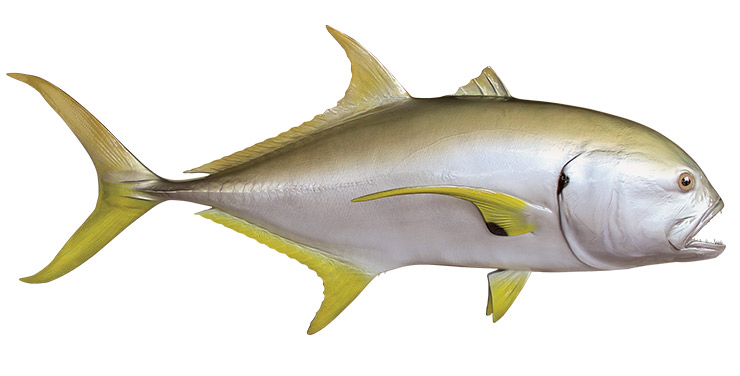

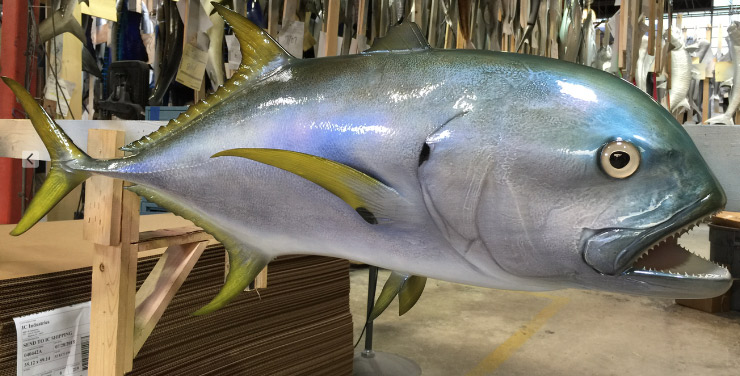
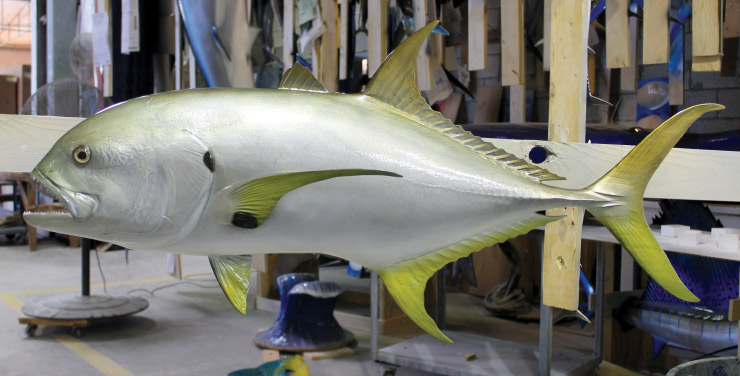
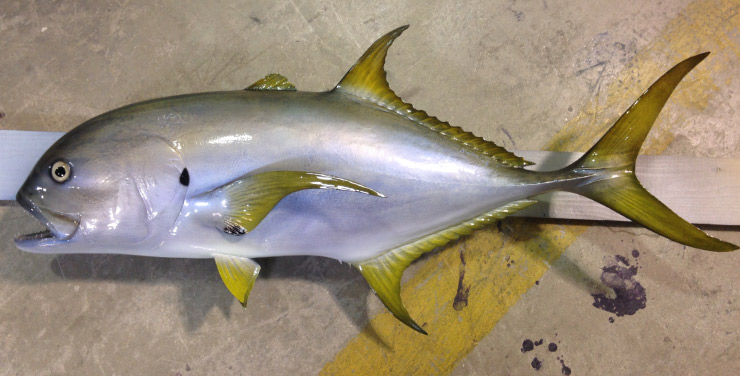
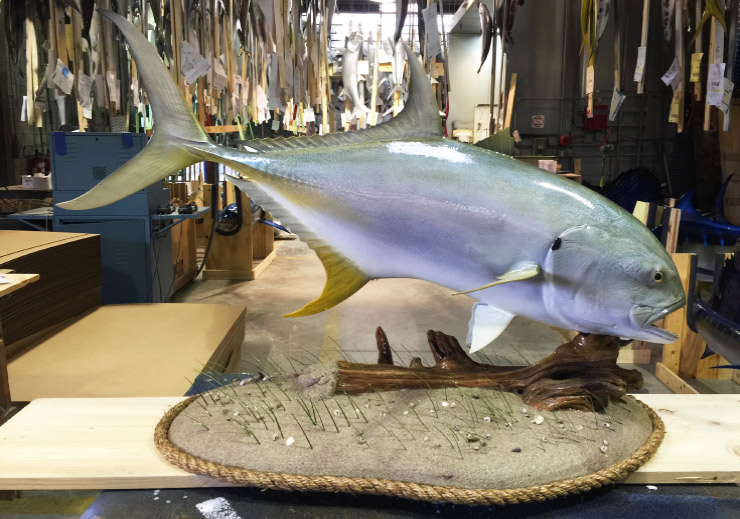
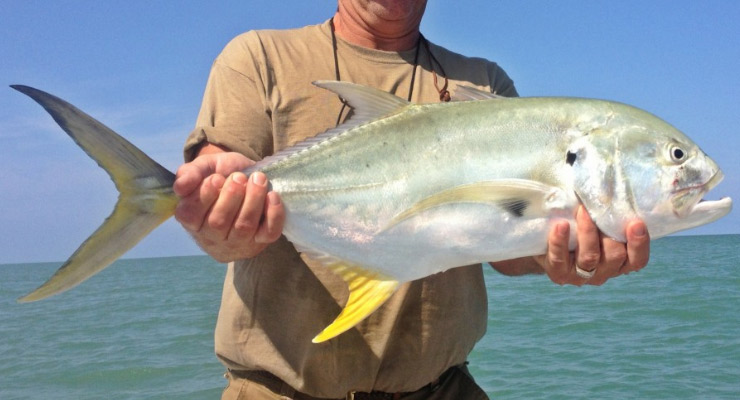
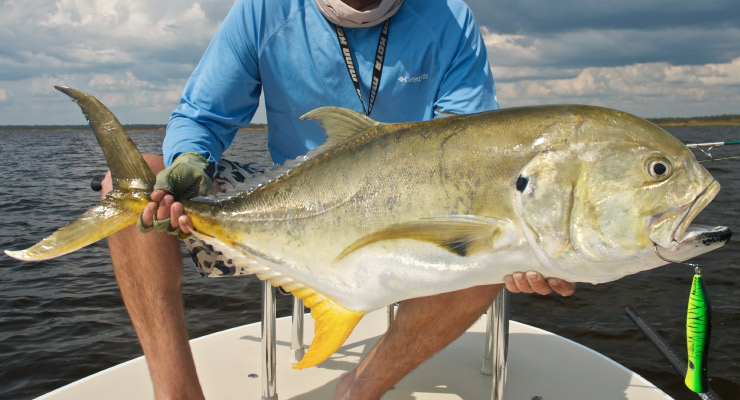
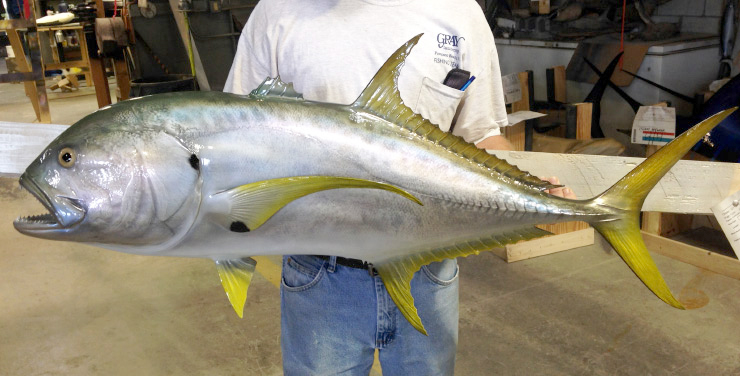

Call Now: 800.452.5501